Currently, the concept of "green finance" still has no unified definition, but at its core it adheres to the principles of traditional finance, while integrating environmental factors such as CO2 emission reduction and climate change adaptation. Next is the social factor related to gender or the interests of groups related to difficulties in society. The sustainability criteria combine green and social, the governance factor tends to be broader in ESG. One of the focuses of green finance is to promote the energy transition, towards the goal of net zero emissions.
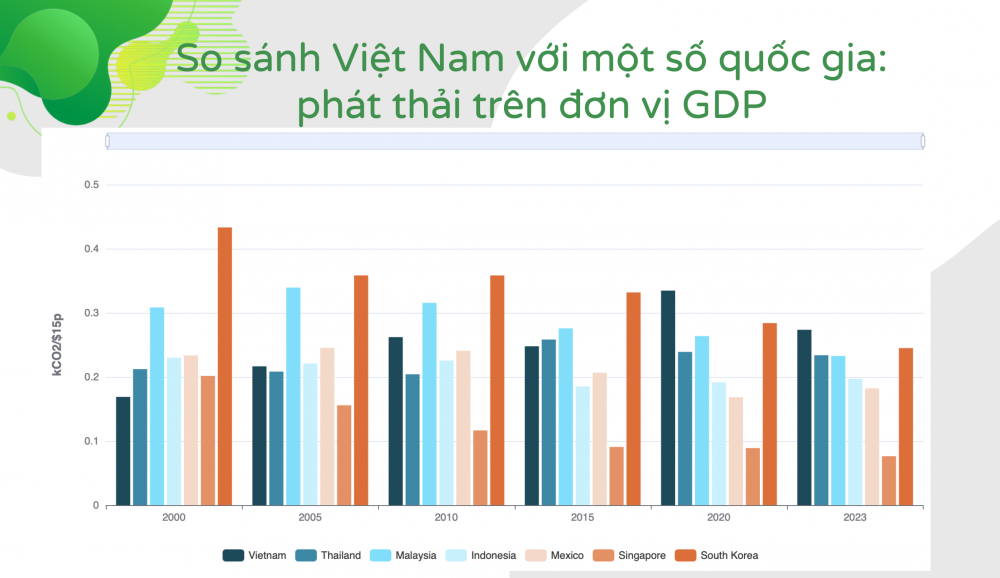 |
| Statistics from Asian Development Bank (ADB) |
20 years ago, Vietnam's emission/GDP ratio was the lowest in the region. However, in recent years, Vietnam has been among the highest in the region. This shows that our country is rapidly increasing industrialization. However, the industrialization process uses more energy to emit, leading to an increase in the emission unit/GDP, while other countries in the region are showing a decreasing trend. In addition, Vietnam's emission unit/energy consumption is on the rise, while other countries in the region are showing a decreasing trend. "Therefore, green transformation in Vietnam is not a subjective desire but has become an objective requirement" - Mr. Nguyen Ba Hung emphasized.
Assessing the green finance market, Mr. Nguyen Ba Hung said that banks and financial institutions play a key role, but the green factor is still a new challenge. Unlike traditional finance, which only focuses on the business capacity of enterprises, green finance requires credit institutions to clearly define the purpose of capital use and ensure that the project meets environmental standards. In particular, the difficulty lies in the fact that enterprises must prove their "greenness" through specific criteria (for example: using renewable energy, reducing CO₂ emissions). Meanwhile, many credit institutions do not have enough appraisal capacity due to the lack of a unified standard framework or high appraisal costs. This raises the issue of support mechanisms from policies and coordination between parties.
According to the State Bank's report, green credit outstanding accounts for about 4.5% of the total outstanding loans of the entire banking system. This is not a large number, but the increasing trend is relatively steady, and it is expected to increase even faster. In addition to this green credit, 21% of the total outstanding loans have ESG risk assessments. Vietnamese credit institutions have gradually assessed the production and business activities of enterprises that contribute to the environment and society.
Mr. Nguyen Ba Hung said that green finance is an inevitable development trend, not just an option but an urgent requirement to ensure a sustainable future. The green financial market in the world is very vibrant, surrounding countries have also gradually introduced measures to evaluate green finance. This transformation is driven by a combination of economic , social and environmental factors, creating a strong driving force for restructuring the global financial system.
The adoption of green finance provides a competitive advantage to businesses that comply with ESG (Environmental, Social, Governance) standards, thereby enhancing their reputation and attracting investors interested in sustainable development. Sustainable projects often benefit from preferential loans with low interest rates or tax breaks, which help reduce costs and accelerate development progress. Green investments also help to better manage risks in the long term, especially in legal and environmental aspects.
To develop green finance, Vietnam needs to diversify green investment flows. In addition, credit institutions and financial institutions need to attract and utilize foreign capital and investment funds. To do that, Vietnam needs to quickly complete the legal and institutional framework, and in particular, each enterprise needs to proactively raise awareness and participation in green projects. Finally, it is necessary to prioritize the development of key areas with great impact such as clean energy and sustainable transport, while establishing a strict monitoring mechanism to prevent greenwashing risks. "These steps will help Vietnam catch up with the sustainable finance trend that is growing strongly globally," Mr. Hung emphasized.
Source: https://thoibaonganhang.vn/co-hoi-phat-trien-tai-chinh-xanh-tai-viet-nam-163651.html



![[Photo] Emotional and proud flag-raising ceremony and military review on Truong Sa island](https://vphoto.vietnam.vn/thumb/1200x675/vietnam/resource/IMAGE/2025/5/31/9b52525fce6f433083cd0a5bfee59f49)
![[Photo] Crane falls on container truck and car at traffic construction site](https://vphoto.vietnam.vn/thumb/1200x675/vietnam/resource/IMAGE/2025/5/31/a8d3ae08da324cfe8ee406174c0eacc4)
![[Photo] Prime Minister Pham Minh Chinh chairs a Dialogue with businesses and business associations](https://vphoto.vietnam.vn/thumb/1200x675/vietnam/resource/IMAGE/2025/5/31/b606d6f6ff584fa28af9f353c91bf15d)
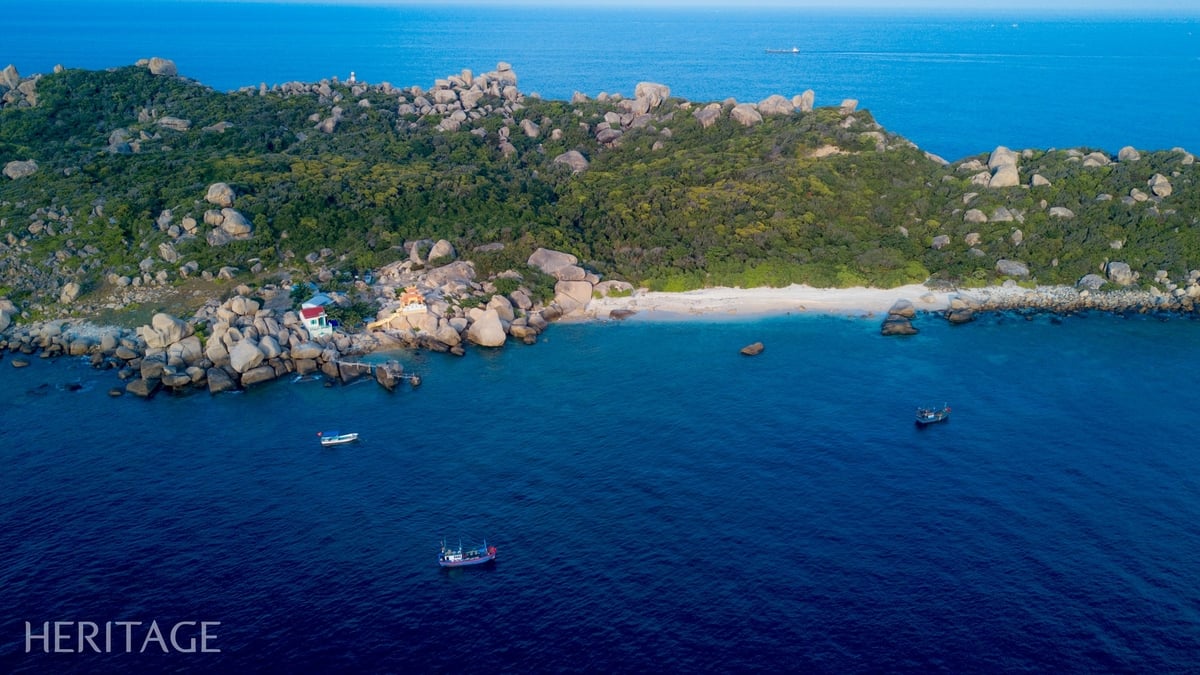
















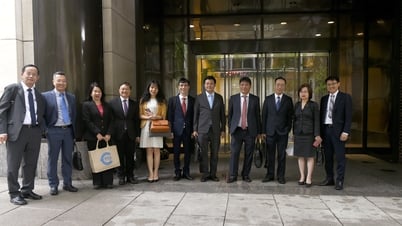
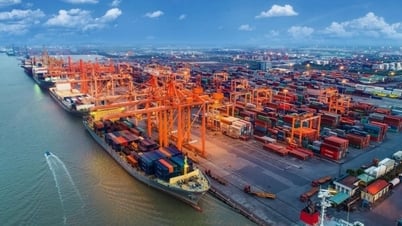

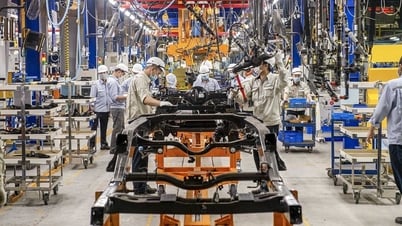





































































Comment (0)